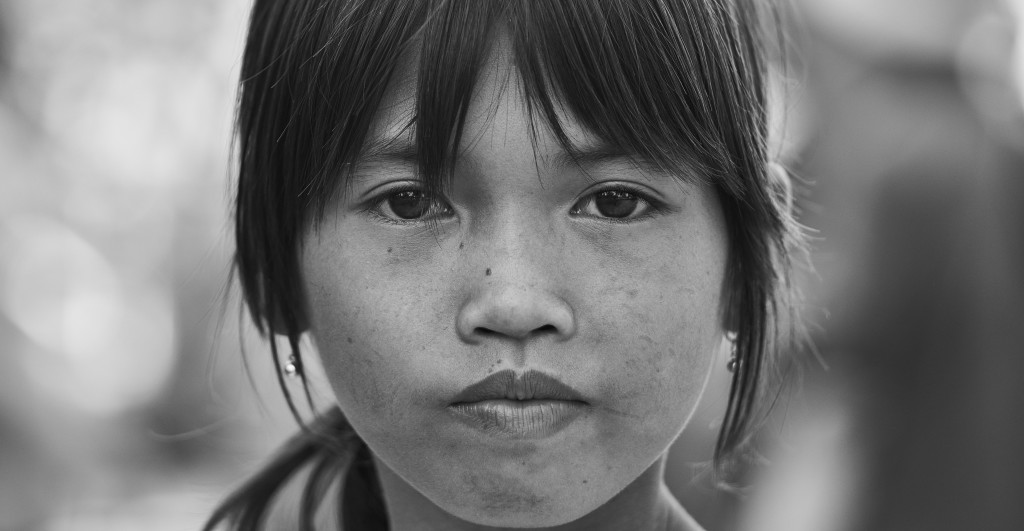What is learned helplessness?
Sometimes, we set low expectations or do not try to seize new opportunities because we do not want to be faced with disappointment. While there may be reasons for such behavior, it can really limit the scope of experiences we allow ourselves to have.
When people experience failure repeatedly, they often tend to give up without trying, even if they have the ability to succeed. This is called “learned helplessness.” Learned helplessness is a phenomenon coined by Martin Seligman and Steven Maier while studying avoidance learning and formation of fear conditioning.
In 1967, at the University of Pennsylvania, Seligman and Maier separated 24 dogs into three groups. The dogs were put into harnesses and received electric shocks. In group 1 (escape group), dogs could end the electric shocks by pressing a lever with their noses. In group 2 (no-escape group/experiment group):, they did not have a lever and could not avoid the electric shocks. In group 3 (no harness control group), dogs did not receive any electric shock.
After spending 24 hours in harnesses, the dogs were placed in a different box in which they could avoid the electrical shocks by jumping over a low barrier to the other side. Here’s what happened: Dogs in group 1 and 3 avoided electric shocks by jumping over the barrier, but dogs in group 2 — the group that had no choice to avoid the shocks — crouched in the corner and received all shock. That is, the dogs in group 2 exhibited learned helplessness. Seligman found that after repeated failures of avoiding electric shocks, the dogs in group 2 learned that their behavior didn’t impact the electric shocks and the shocks were uncontrollable. Thus, the dogs gave up trying to avoid the electric shocks altogether.
Learned helplessness can be easily observed in our everyday lives. For example, if one studies hard for math exams but consistently does not earn good grades, that person may stop investing time in studying math. Or, if a person is unable to find a job even after applying and interviewing many times, they can eventually give up and discontinue their job search. Learned helplessness can be seen in politics as well. People are able to cast votes in elections but if they feel that there is no change, some will give up and stop voting. The thought, “Even if I vote, nothing changes,” becomes inscribed in their minds.
When we cannot control our external environment, we can fall into helplessness and stop trying to improve our situation.
What are the signs of learned helplessness?
Learned helplessness has three core characteristics:
- When a person faces failure of learning, he or she shows the tendency to give up.
- A person avoids one’s responsibility as the cause of failure.
- When one’s responsibility is recognized, there is tendency to attribute the cause of failure to one’s lack of ability rather than lack of effort.
If one attributes the cause of negative events to one’s fault (internal attribution), one considers oneself more negatively than in the case of attributing the cause to environment or other people (external attribution).
The experience of repeated failure causes emotional, motivational, and cognitive harm. The resulting combination of signs include lack of confidence, depression or negative perception, lack of control, lack of persistence, and lack of responsibility. If such signs are neglected without proper treatment for an extended period of time, they could turn into disorders that threaten one’s social psychological well-being.
How can we overcome learned helplessness?
To overcome learned helplessness, we should increase the number of successful experiences by setting achievable goals. For example, if the goal is to learn a foreign language, set an attainable goal such as memorizing 10 vocabulary words in that language. Once this goal has been achieved, it will create a positive memory of success. These continued positive experiences will gradually build confidence. Later, you can set goals with a higher level of difficulty and gradually push away negative memories of failure. These small achievements can help reduce the effects of learned helplessness.
Another technique to overcome learned helplessness is to grow “failure resistance.” That is, the ability to overcome failure and maintain a positive outlook. To effectively grow failure resistance and escape from situations of helplessness, people can encourage themselves to think positively and reframe negative thoughts. For example, think about a failure as an obstacle to overcome in order to reach an ultimate success. This reframe helps to put negative experiences into perspective and will keep you from spiraling into helplessness.
If we do not give up, even in moments of pain and despair, a whole new world can open up for us. For example, persistence can help us land a new job that can lead to new, interesting paths — or lead us to friendships with people who initially did not seem to fit in our lives. These are completely unexpected experiences. But if we do not try, the opportunity for a variety of experiences will be drastically reduced.
If helplessness has been learned, success can also be learned.
Hanna Park received her Bachelor’s degree in Psychology at Columbia University and Master’s degree in Cognitive Studies in Education at Teachers College, Columbia University. She currently works as a journalist for the Korean Psychological Association.

 In recent weeks, the global community has been flooded with images and information related to the U.S. immigration policy that requires the separation of children from their parents/caregivers at the border. This issue has undoubtedly impacted not only those directly affected, but millions of others who are disheartened by these events. As racial/ethnic minority graduate students, we are also not immune to the personal and professional effects of these events. Many of us have experienced a variety of emotions associated with the stories of children being separated from their caregivers. These experiences most certainly impact our ability to go about our daily lives, but they can also impact our professional work.
In recent weeks, the global community has been flooded with images and information related to the U.S. immigration policy that requires the separation of children from their parents/caregivers at the border. This issue has undoubtedly impacted not only those directly affected, but millions of others who are disheartened by these events. As racial/ethnic minority graduate students, we are also not immune to the personal and professional effects of these events. Many of us have experienced a variety of emotions associated with the stories of children being separated from their caregivers. These experiences most certainly impact our ability to go about our daily lives, but they can also impact our professional work.![MPj04440980000[1]](http://www.gradpsychblog.org/wp-content/uploads/MPj044409800001.jpg) This is it: the time when it seems like every professor, every research conference, every supervisor has come together to plot how to make these last few weeks a mad fury of papers, projects, sweat, and tears for us graduate students.
This is it: the time when it seems like every professor, every research conference, every supervisor has come together to plot how to make these last few weeks a mad fury of papers, projects, sweat, and tears for us graduate students. Psychology graduate students face unique struggles compared to graduate students in other fields, as we are expected to be self-reflective, engage in self-care, and also examine our ability to work with others while making sure that we dedicate most of our time to work. The balance often becomes a very tricky process to negotiate. International students in graduate psychology programs experience additional barriers in comparison to their domestic counterparts, as they have to navigate local and national policies, immigration requirements, paperwork, and experiences of discrimination, on top of academic requirements. Further, it is not unusual for international students to feel isolated, especially in smaller programs where the international student community is scarce. In addition to cultural adjustment and a possible language barrier, international students also have to plan a timeline carefully to ensure they are up to date on immigration documentation. One of the most stressful experiences for international students in clinical, counseling, and school psychology programs is applying for the clinical internship. International students face unique challenges in this process, including a reduced number of sites that accept individuals without US citizenship or permanent residency.
Psychology graduate students face unique struggles compared to graduate students in other fields, as we are expected to be self-reflective, engage in self-care, and also examine our ability to work with others while making sure that we dedicate most of our time to work. The balance often becomes a very tricky process to negotiate. International students in graduate psychology programs experience additional barriers in comparison to their domestic counterparts, as they have to navigate local and national policies, immigration requirements, paperwork, and experiences of discrimination, on top of academic requirements. Further, it is not unusual for international students to feel isolated, especially in smaller programs where the international student community is scarce. In addition to cultural adjustment and a possible language barrier, international students also have to plan a timeline carefully to ensure they are up to date on immigration documentation. One of the most stressful experiences for international students in clinical, counseling, and school psychology programs is applying for the clinical internship. International students face unique challenges in this process, including a reduced number of sites that accept individuals without US citizenship or permanent residency.